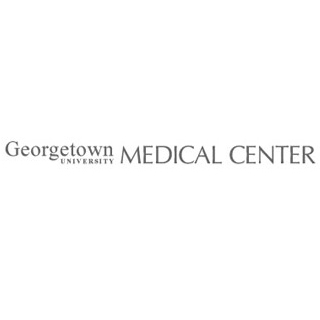
Clinical physical therapy is believed to be an extensively used treatment method to aid in repairing the motor function of patients following neurological injuries. Unfortunately several of the definite treatments used in the clinic apparently only repairs function of a particular job, and not to an extensive variety of daily activities.
Researchers have examined the outcomes of training rats with spinal cord injuries on a robotic gadget i.e. Rodent Robotic Motor Performance System, Robomedica Inc, Irvine, Calif that is said to accurately direct the hind limbs through a training outline. The training pattern selected for this research was supposedly the mean pattern documented before the rats were injured.
For around four weeks, half of the rats were given daily training on the robotic trainer and half did not receive it. At the conclusion of every training week, and two weeks after finishing the complete training program, walking performance of all animals was calculated. After four weeks of training, it was seen that trained animals apparently had shorter pace lengths as compared to the non-trained animals both in the device as well as overground.
Nathan D. Neckel, PhD, a post-doctoral fellow in the department of neuroscience, remarked, “Our results show that increasing activity using a precise and repeatable physiologically relevant training pattern can modify overground locomotion.”
He mentioned that these findings suggest that more accurate and precise exercises in the human physical therapy clinic may lead to the restoration of function in everyday tasks.
The outcomes were presented at the 39th annual meeting of the Society of Neuroscience.
